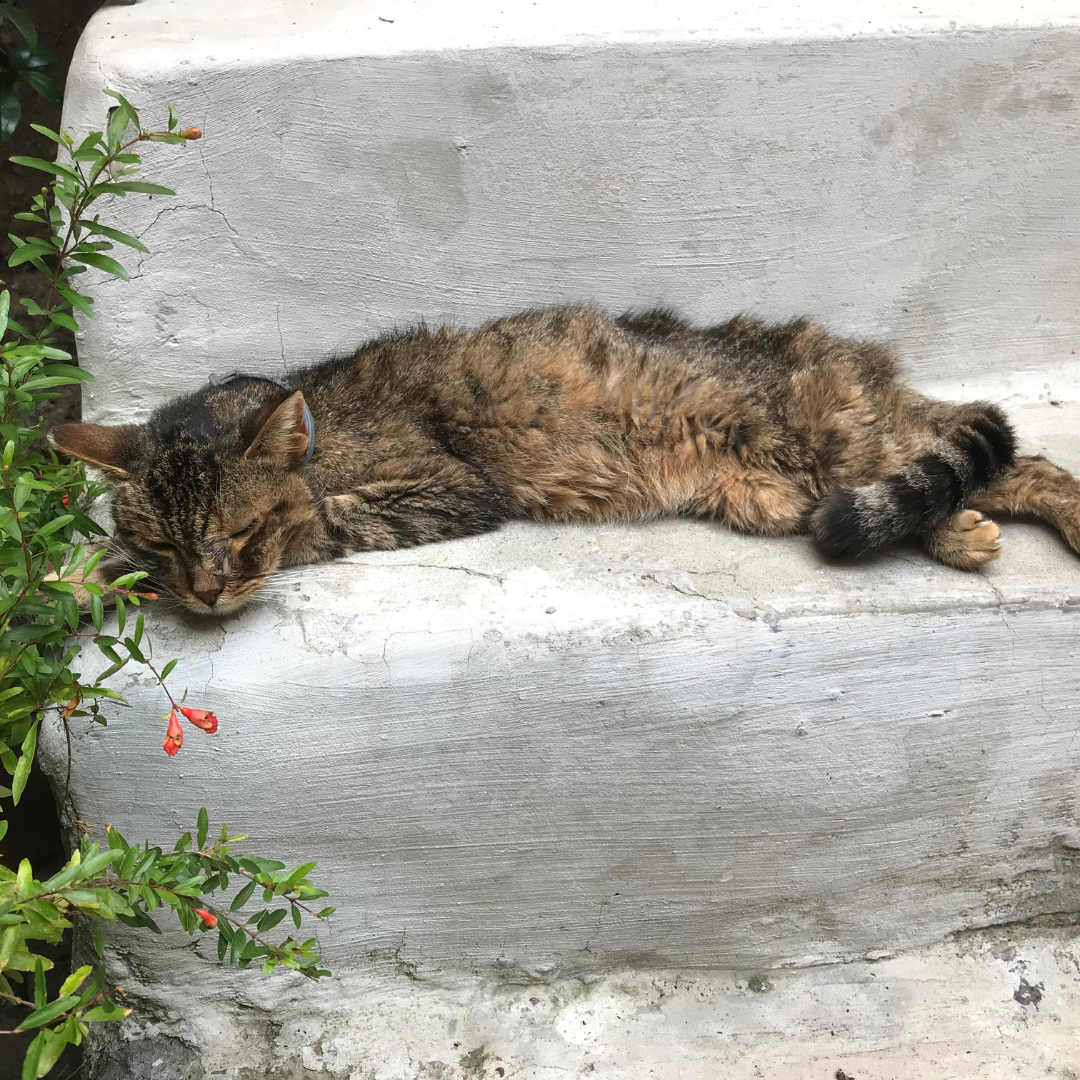
Feline Hyperthyroidism: An Overview
Hyperthyroidism is a common disease in cats, particularly those middle-aged and older1.
It is characterized by an overactive thyroid gland, which leads to an increase in the production of thyroid hormones12.
This article provides a comprehensive overview of feline hyperthyroidism, including its symptoms, causes, effects, and treatment options.
Symptoms
Cats afflicted with hyperthyroidism usually develop a variety of signs that may be subtle at first but become more severe as the disease progresses1.
The most common clinical signs of hyperthyroidism are:
- Weight loss despite an increased appetite13
- Increased thirst and urination13
- Vomiting and diarrhea13
- Hyperactivity13
The coat of affected cats may appear unkempt, matted, or greasy1
Causes
Hyperthyroidism in cats is primarily caused by an increase in the production of thyroid hormones from an enlarged thyroid gland in a cat’s neck1.
In most cases, the enlargement of the thyroid glands is caused by a non-cancerous tumor called an adenoma1.
Some rare cases of hyperthyroid disease are caused by malignant tumors known as thyroid adenocarcinomas1.
Although the exact cause of feline hyperthyroidism is not known, possible contributing factors include deficiencies or excesses of certain compounds in the diet and chronic exposure to thyroid-disrupting chemicals in food or the environment1.
Effects
Thyroid hormones affect nearly all of the organs in the body; therefore, thyroid disease often causes secondary problems1.
Hyperthyroidism can lead to a range of health effects, including:
In some cases, the blood pressure can become so high that retinal bleeding or retinal detachment will occur, resulting in sudden blindness2.
Heart disease develops because the heart must pump faster and more forcefully to meet the body’s increased metabolic demands2.
Treatment
There are four primary treatment options for feline hyperthyroidism:
- Medication: The most common treatment is through the daily use of an anti-thyroid medication called methimazole156.
- Radioactive iodine therapy1
- Surgery1
- Dietary therapy1
Each treatment option has its advantages and disadvantages.
The treatment a cat receives for hyperthyroidism will depend on specific circumstances, including the patient’s overall health status, the owner’s ability and willingness to medicate the cat regularly, and financial considerations1.
Conclusion
Hyperthyroidism is a significant health concern for cats, particularly those in their middle and older years.
Recognizing the symptoms early and seeking veterinary care promptly can lead to more effective management of the condition.
With appropriate treatment, cats with hyperthyroidism can continue to live happy and healthy lives.
Love you feline companion more and show affection creatively.
Visit our shop for our awesome pet inspired graphic t-shirt collection wear it proudly and let the world know just how much your furry friend means to you.
Disclaimer: This article is intended for informational purposes only. It is not meant to substitute for medical advice or diagnosis provided by your veterinarian. If your cat shows symptoms, please consult your veterinarian immediately.



Leave a comment
This site is protected by hCaptcha and the hCaptcha Privacy Policy and Terms of Service apply.